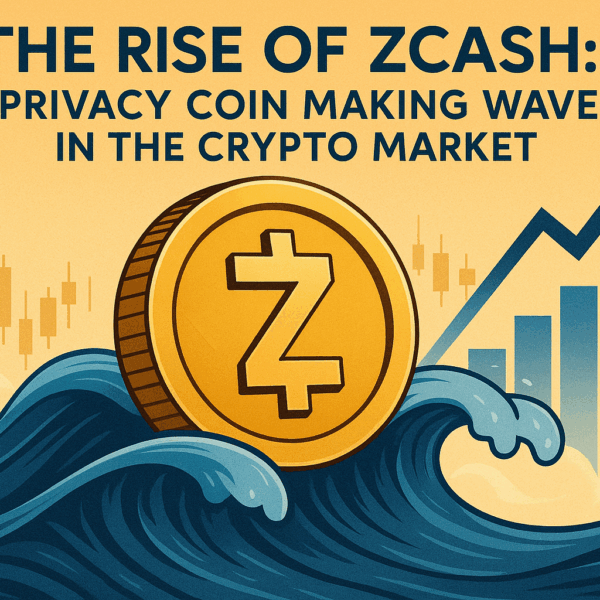5 Signs Bitcoin Could Face a Quantum Shock in the Next Decade
If you think Bitcoin’s toughest battles are with regulators or rival blockchains, think again.
The next real threat isn’t coming from Washington—it’s coming from physics.
Quantum computing, once the stuff of sci-fi, is now creeping toward the moment everyone in crypto quietly dreads: Q-Day—the day quantum computers can crack Bitcoin’s cryptography like a nut under a hydraulic press.
Sound dramatic? Maybe. But let’s look at the indicators that this “quantum shock” could hit sooner than the market expects.
Quantum Hardware Is Leveling Up Fast
Remember when “a few qubits” sounded impressive? Those days are gone.
IBM, Google, and IonQ are racing toward quantum systems with thousands of logical qubits—the kind that can stay stable long enough to do real work, like running Shor’s algorithm (a.k.a. Bitcoin’s worst nightmare).
When a quantum computer can maintain around 2,000–3,000 stable qubits, the math protecting Bitcoin’s private keys starts to unravel.
The curve isn’t linear—it’s exponential. Each breakthrough compounds the last, and that curve is starting to steepen.
Algorithms Are Getting Sharper
Hardware isn’t the only concern. Researchers are busy making quantum algorithms leaner and meaner.
Every optimization that reduces qubit requirements or improves circuit stability moves Q-Day closer. It’s no longer just about more qubits—it’s about smarter math.
Think of it as Bitcoin’s version of Moore’s Law in reverse: every time quantum gets twice as efficient, ECC gets half as safe.
Governments Are Quietly Moving Toward Post-Quantum Security
You can tell a real threat’s brewing when governments start acting early.
In the U.S., the National Institute of Standards and Technology (NIST) has already approved several post-quantum cryptography (PQC) algorithms like Kyber and Dilithium.
Meanwhile, defense agencies and central banks are running “quantum resilience” audits of their networks. When bureaucracies start testing encryption upgrades years in advance, it’s not paranoia—it’s preparation.
If the world’s most risk-averse institutions are taking quantum seriously, investors should too.
Bitcoin’s Own Quantum Defense League Is Forming
Even within crypto, innovators are gearing up for the quantum shift.
- Project 11 launched the Q-Day Prize—a 1 BTC reward for anyone who can crack an elliptic-curve key using a real quantum computer.
- The Project 11 Q-Day Clock keeps public tabs on how close we’re getting to that reality.
- Anduro, backed by Marathon Digital, is supporting BIP-360, which proposes quantum-resistant Bitcoin address types.
These aren’t gimmicks—they’re early warning systems and survival plans rolled into one. The crypto world is starting to hedge its own encryption.
The Smart Money Is Already Moving
Venture capital is pouring into quantum-security startups. Custodians and wallet providers are experimenting with PQC integrations. And institutional investors are quietly asking new questions like:
“How do we migrate digital assets to a post-quantum chain without losing provenance?”
When the big players start preparing contingency plans, you know the clock isn’t just ticking—it’s counting down.
How to Read the Signs
The quantum shock won’t arrive overnight. It’ll unfold in three waves:
- Awareness: The industry starts taking quantum risk seriously (we’re here now).
- Adaptation: Wallets and exchanges begin rolling out PQC upgrades.
- Migration: The network transitions to quantum-resistant keys—if the community acts in time.
That’s why thought leaders and investors should treat quantum readiness like cybersecurity insurance: you don’t buy it because you expect disaster—you buy it because you understand risk.
Final Thoughts
Bitcoin has survived forks, hacks, and countless obituaries. But quantum computing isn’t an ideological fight—it’s a technological inevitability.
The smart move isn’t panic—it’s preparation. Keep your eyes on the research, follow the infrastructure innovators, and maybe bookmark the Project 11 Q-Day Clock while you’re at it.
Because when Q-Day finally comes, the winners won’t be the ones who predicted it—they’ll be the ones who planned for it.









